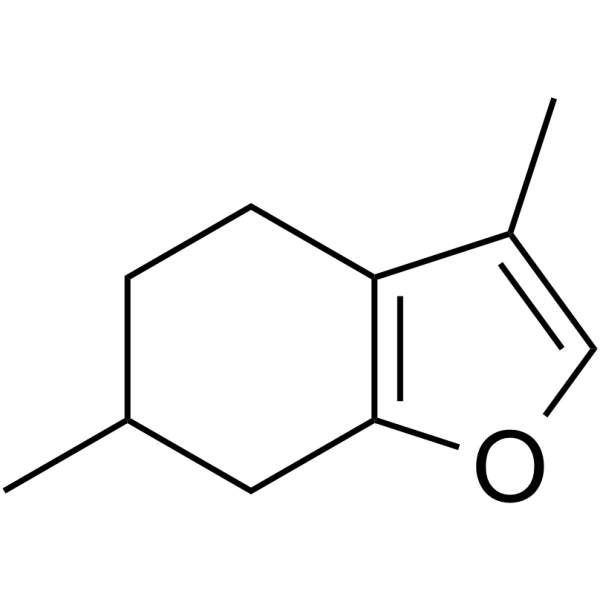| Structure | Name/CAS No. | Articles |
|---|---|---|
 |
menthofuran
CAS:17957-94-7 |
|
 |
UNII:LK024V9U3C
CAS:494-90-6 |
|
 |
Sabinene
CAS:3387-41-5 |